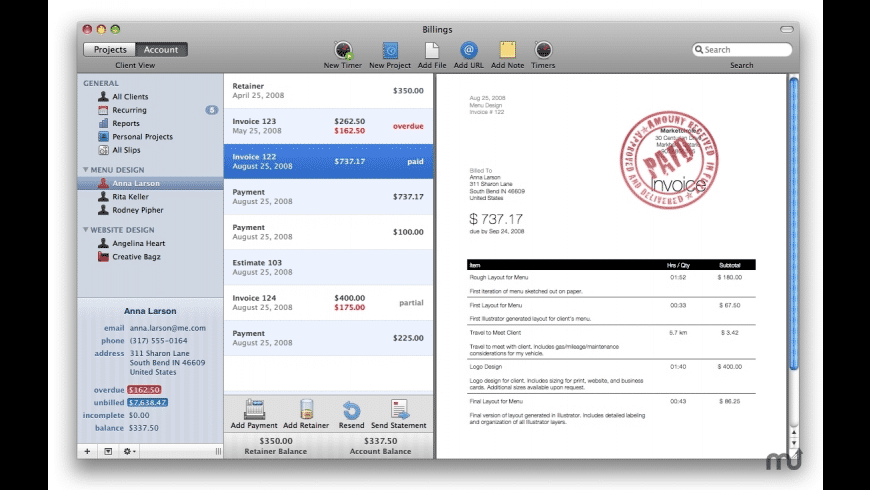

You cannot use the key types for contract number (3) or parent contract number (4) with the Tax Derivation and G/L Offset & Retainage tables.
#BILLINGS 3.7 KEYGEN CODE#
Key type codes and their related tables or user-defined codes are:ġ: Work order number - Work Order Master File (F4801)Ģ: Work Order Class - User Defined Code (00/W7)ģ: Contract number - Contract Master (F5201)Ĥ: Parent contract number - Contract Master (F5201)ĥ: Customer - Address Book Master (F0101)Ħ: Job or business unit - Business Unit Master (F0006) Key TypeĮnter a code that the system uses in combination with the table key to locate and validate the source and workfile transactions against the various tables and user-defined codes in Contract and Service Billing. You set up component tables on the Component Table Revisions form. The generation type of the Billing Rate / Mark up Table, in conjunction with the Independent Revenue/Invoice Amounts option in the Billing Constants program (P48091), determines whether this is a component table for invoice amounts, revenue amounts, or both. These component amounts are recognized as invoice or revenue in addition to any invoice or revenue markups.

The component table identifies the components and their calculation rules.

Inv/Rev Comp Tbl (invoice/revenue component table)Įnter the name of the component invoice or revenue table to use for this entry in the Billing Rate / Mark up Table (F48096). It is reserved for the post program and indicates that offsets should not be created. If you set up a default value in the G/L Offset field of the customer or supplier record, the system uses the value during transaction entry unless you override it.ĭo not use code 9999.
#BILLINGS 3.7 KEYGEN PC#
You must, however, set up the corresponding AAI item for the system to use otherwise, the system ignores the G/L offset and uses the account that is set up for PC or RC for the company specified. You can assign as many as four alphanumeric characters to represent the G/L offset, or you can assign the three-character currency code (if you enter transactions in a multicurrency environment). For example, if you enter TRAD, the system searches for the AAI item RCTRAD (for receivables) or PCTRAD (for payables). The system concatenates the value that you enter to the AAI item RC (for Accounts Receivable) or PC (for Accounts Payable) to locate the trade account. G/L Offset (general ledger offset)Ĭomplete this field to override the customer information from the address book or customer master information.Įnter a code that determines the trade account that the system uses as the offset when you post invoices or vouchers.

These component amounts are applied as overhead to the original cost. Cost Comp Tbl (cost component table)Įnter the name of the component cost rate table to use for this entry in the Billing Rate / Mark up Table (F48096). When the system does not find a component code in the Markup Table that exactly matches the component workfile transaction, it uses the accounting rule that you set up for the base workfile transaction.įor example, if a base workfile transaction has three component workfile transactions, OVH (overhead), GA (general and administrative), and FEE (fees), and you want the OVH revenue that is assigned to an accounting rule to be different from that of the base or the other component workfile transactions, you would set up two accounting rules: one accounting rule with OVH entered in the Component Code field to process the OVH revenue, and another accounting rule with a blank component code to process the base, GA, and FEE workfile transactions.
#BILLINGS 3.7 KEYGEN UPDATE#
You update this field with a valid component code to assign accounting rules to component workfile transactions that are different from the accounting rules that are set up for the base workfile transactions. You leave this field blank to enable base and component workfile transactions to use this accounting rule. Specify the component code to use to assign accounting rules. 3.1.1 Common Fields Used in This Chapter Component Code


 0 kommentar(er)
0 kommentar(er)
